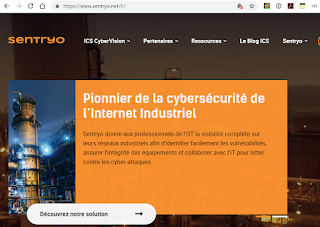Citing continued market share gains and favorable industry dynamics, Ciena reported strong revenue and earnings for its fiscal second quarter ended April 30, 2019, beating market expectations. Q2 revenue amounted to $865.0 million, increasing 18.5% year over year, while Q2 net income per share amounted to $0.33 GAAP and $0.48 adjusted (non-GAAP). Ciena also increased its outlook for fiscal-third-quarter revenue to be in the range of $915 million to $945 million. Full year growth is now projected to be 13%-14% year over year, up from previous guidance in the 6%-8% range.
"Today we reported very strong quarterly performance, including continued market share gains, driven by our technology leadership and diversified customer base in high growth markets," said Gary Smith, President and CEO, Ciena. "We are entering the second half with strong visibility and increased confidence for the full fiscal year supported by favorable industry dynamics and growing competitive advantage."
On an investor conference call, Ciena executives said demand for capacity is robust and that the competitive landscape of the industry is being redefined as major carriers reassess their vendor choices. Regarding global trade tensions, Ciena has no revenue exposure to China. However, the company has seen some carrier seek to reduce their dependence on certain Chinese vendors.
https://investor.ciena.com/news/press-release-details/2019/Ciena-Reports-Fiscal-Second-Quarter-2019-Financial-Results/default.aspx
https://s22.q4cdn.com/890175405/files/doc_presentations/2019/06/Q219_Earnings_Presentation_PostCall_draft.pdf
"Today we reported very strong quarterly performance, including continued market share gains, driven by our technology leadership and diversified customer base in high growth markets," said Gary Smith, President and CEO, Ciena. "We are entering the second half with strong visibility and increased confidence for the full fiscal year supported by favorable industry dynamics and growing competitive advantage."
On an investor conference call, Ciena executives said demand for capacity is robust and that the competitive landscape of the industry is being redefined as major carriers reassess their vendor choices. Regarding global trade tensions, Ciena has no revenue exposure to China. However, the company has seen some carrier seek to reduce their dependence on certain Chinese vendors.
https://investor.ciena.com/news/press-release-details/2019/Ciena-Reports-Fiscal-Second-Quarter-2019-Financial-Results/default.aspx
https://s22.q4cdn.com/890175405/files/doc_presentations/2019/06/Q219_Earnings_Presentation_PostCall_draft.pdf























